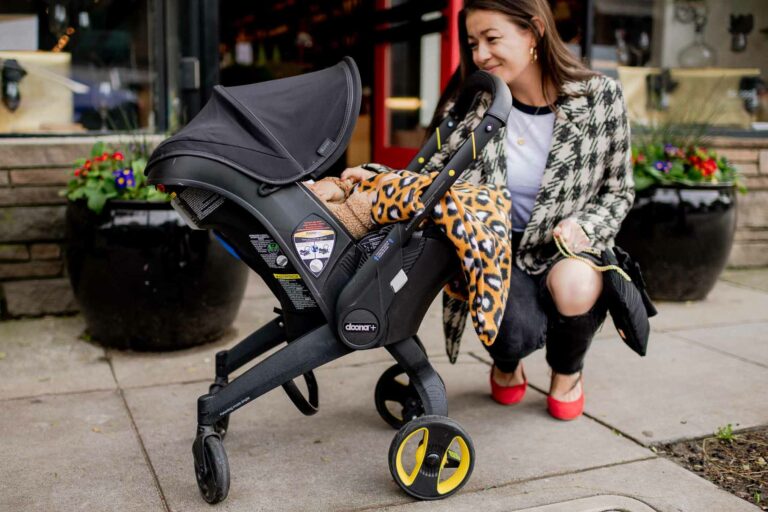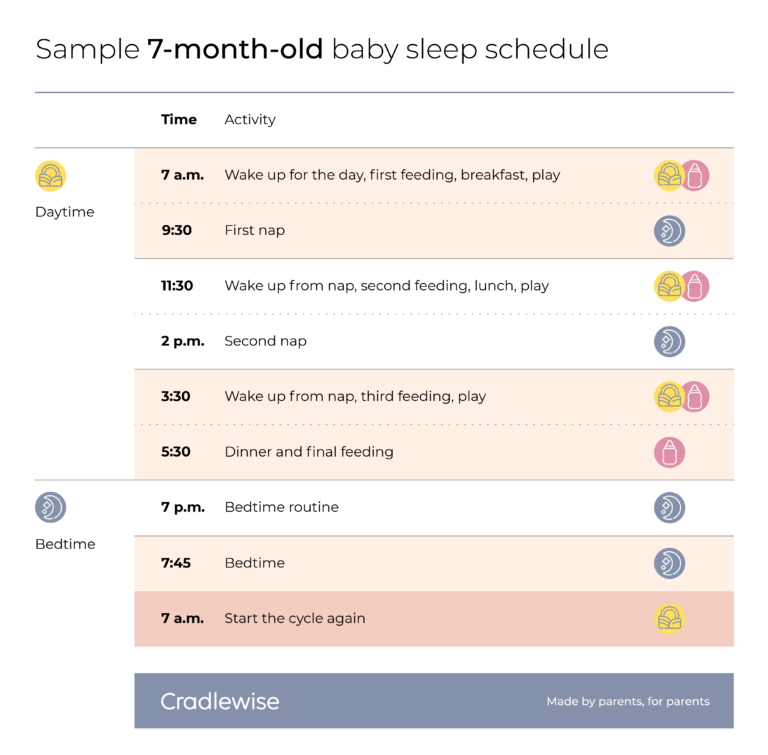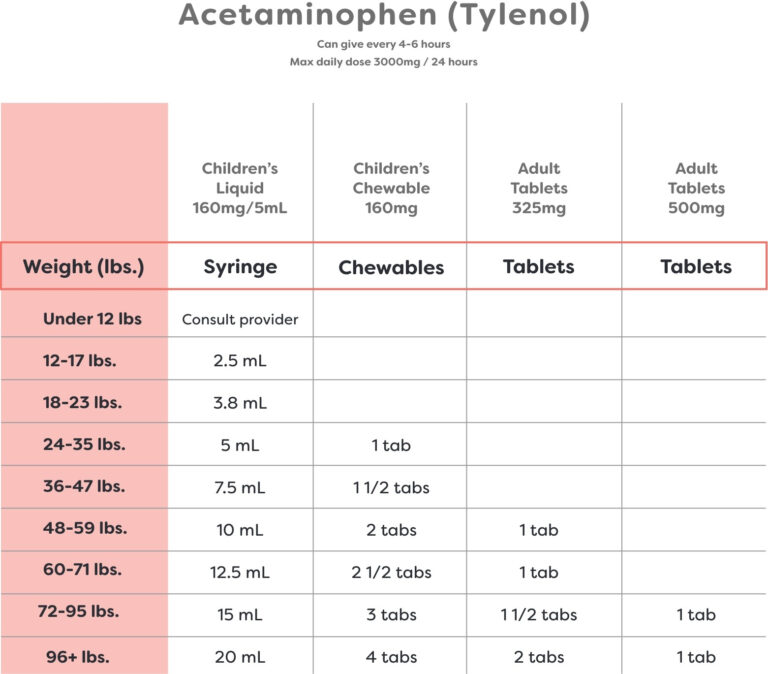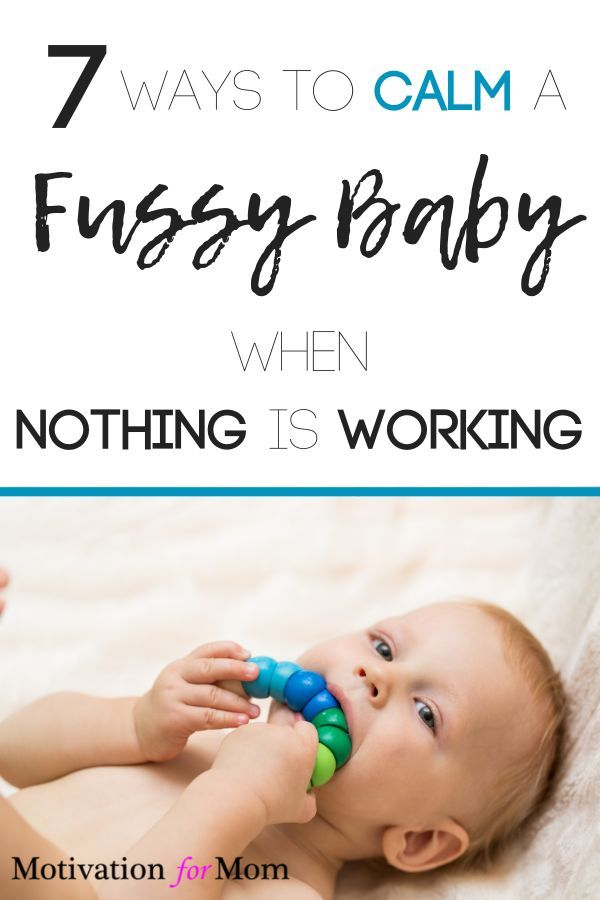Example of Positive Reinforcement: A Comprehensive Guide to Positive Behavior Modification
Positive reinforcement is a powerful tool that can be used to shape behavior and promote positive outcomes. It involves providing a reward or positive consequence after a desired behavior occurs, which increases the likelihood that the behavior will be repeated in the future. This technique is widely used in various settings, from education and parenting to workplace productivity.
Understanding the principles and applications of positive reinforcement is essential for effectively modifying behavior. This guide will provide a comprehensive overview of positive reinforcement, including its benefits, methods, considerations, and practical applications.
Example Of Positive Reinforcement

Positive reinforcement is a way of encouraging good behaviour by giving a reward when the behaviour is shown. This can be done with children, animals, or even adults. There are many different ways to give positive reinforcement, but some of the most common include:
Verbal Praise
Verbal praise is a simple but effective way to show someone that you appreciate their behaviour. It can be as simple as saying “good job” or “thank you.” Verbal praise is especially effective when it is specific and sincere.
Physical Affection
Physical affection, such as a hug or a kiss, can be a powerful form of positive reinforcement. It shows someone that you care about them and that you appreciate their behaviour.
Tangible Rewards
Tangible rewards, such as a toy or a treat, can be a great way to motivate someone to continue behaving well. However, it is important to use tangible rewards sparingly, as they can become less effective over time.
Social Recognition
Social recognition, such as a certificate or an award, can be a great way to show someone that their behaviour is valued. Social recognition can be especially effective when it is given in front of others.
Positive Reinforcement in the Classroom
Positive reinforcement can be used in the classroom to encourage students to learn and behave well. Some common examples of positive reinforcement in the classroom include:
- Giving students praise when they answer a question correctly
- Giving students a sticker or a small prize when they complete a task
- Allowing students to choose a special activity when they have earned a certain number of points
- Having a class party to celebrate the students’ achievements
Positive reinforcement can be a powerful tool for encouraging good behaviour. It can be used in a variety of settings, including the home, the classroom, and the workplace.
FAQs
What are some common examples of positive reinforcement?
Examples of positive reinforcement include giving praise, offering rewards, providing privileges, or simply showing appreciation when a desired behavior occurs.
How can I use positive reinforcement effectively?
To use positive reinforcement effectively, focus on providing rewards that are meaningful and motivating to the individual, deliver the reinforcement immediately after the desired behavior occurs, and be consistent in your approach.
What are the benefits of using positive reinforcement?
Positive reinforcement can increase motivation, improve behavior and performance, reduce negative behaviors, and foster a positive and supportive environment.





